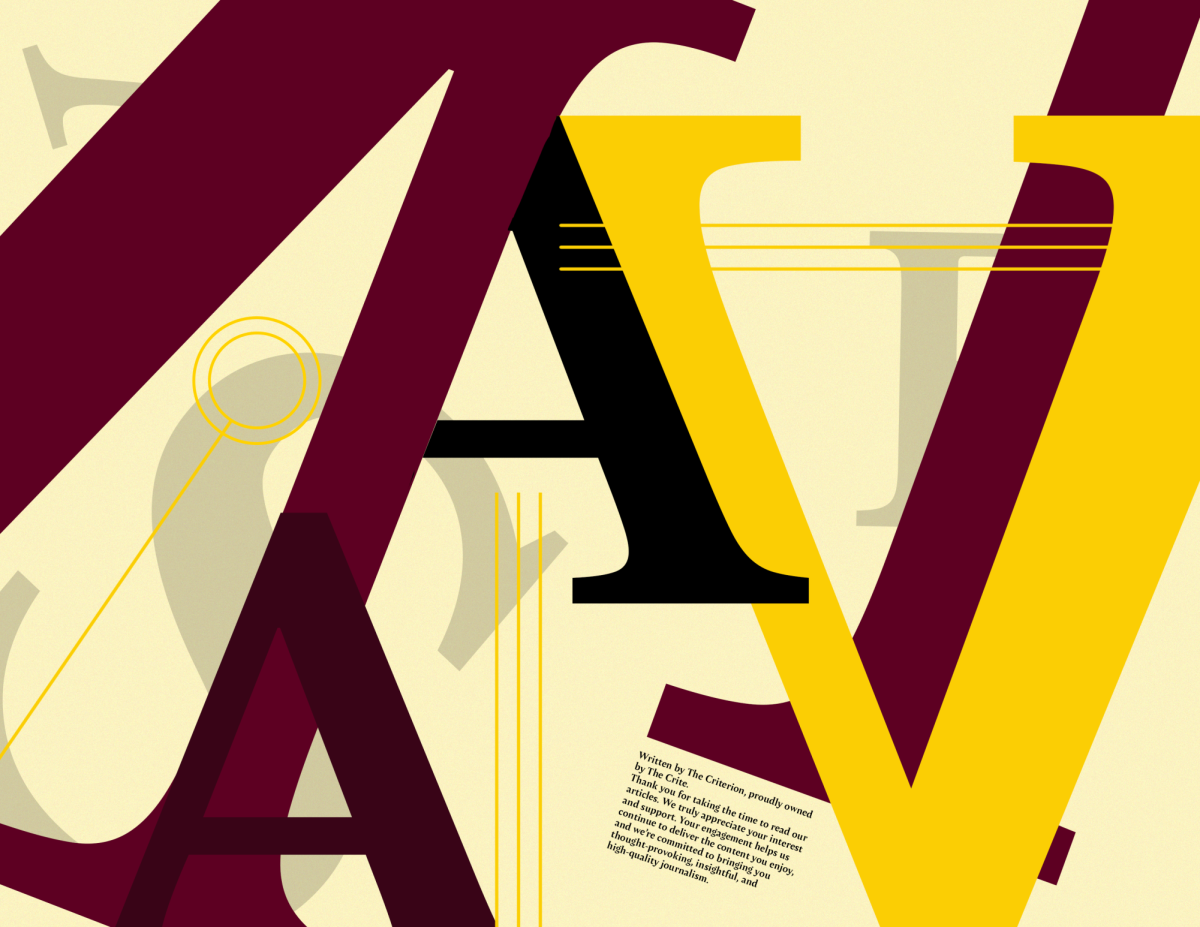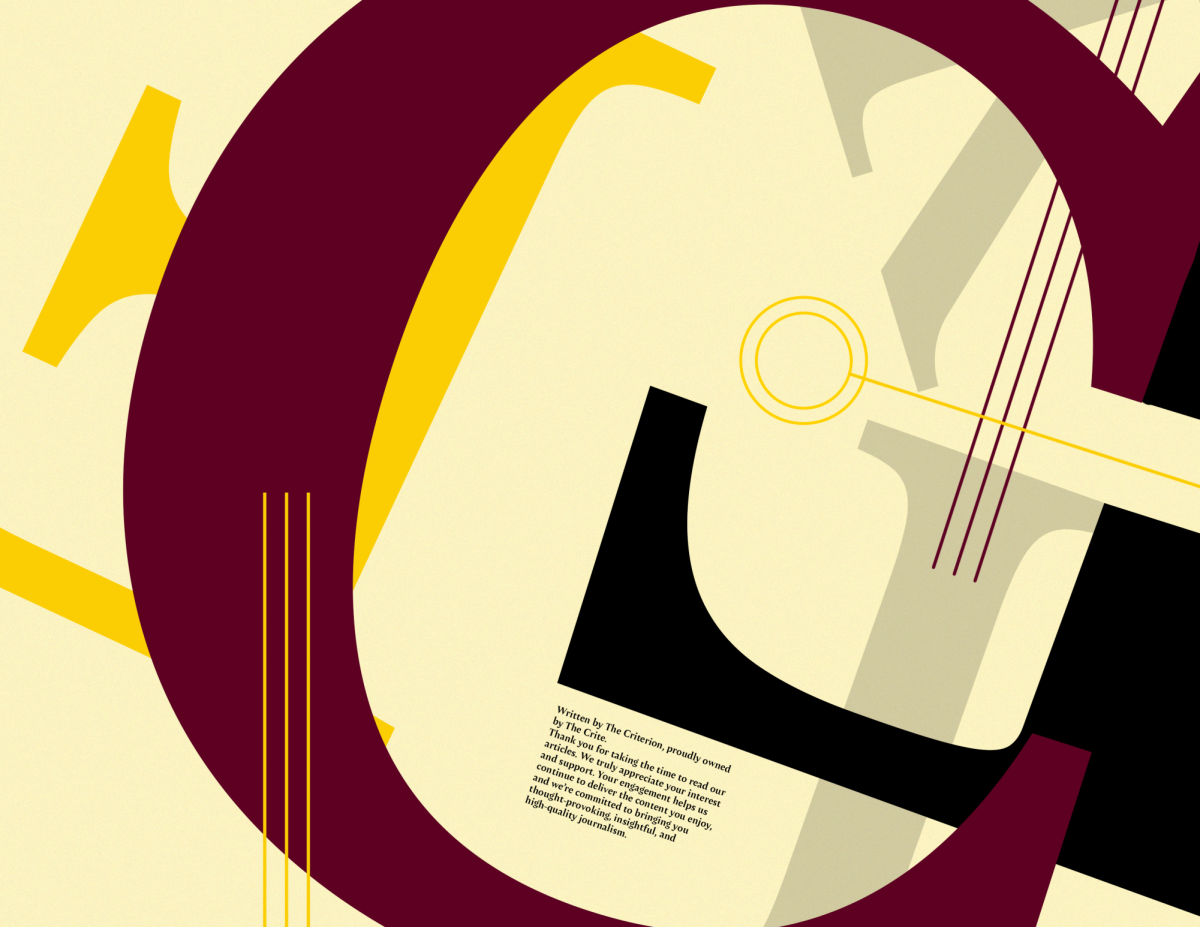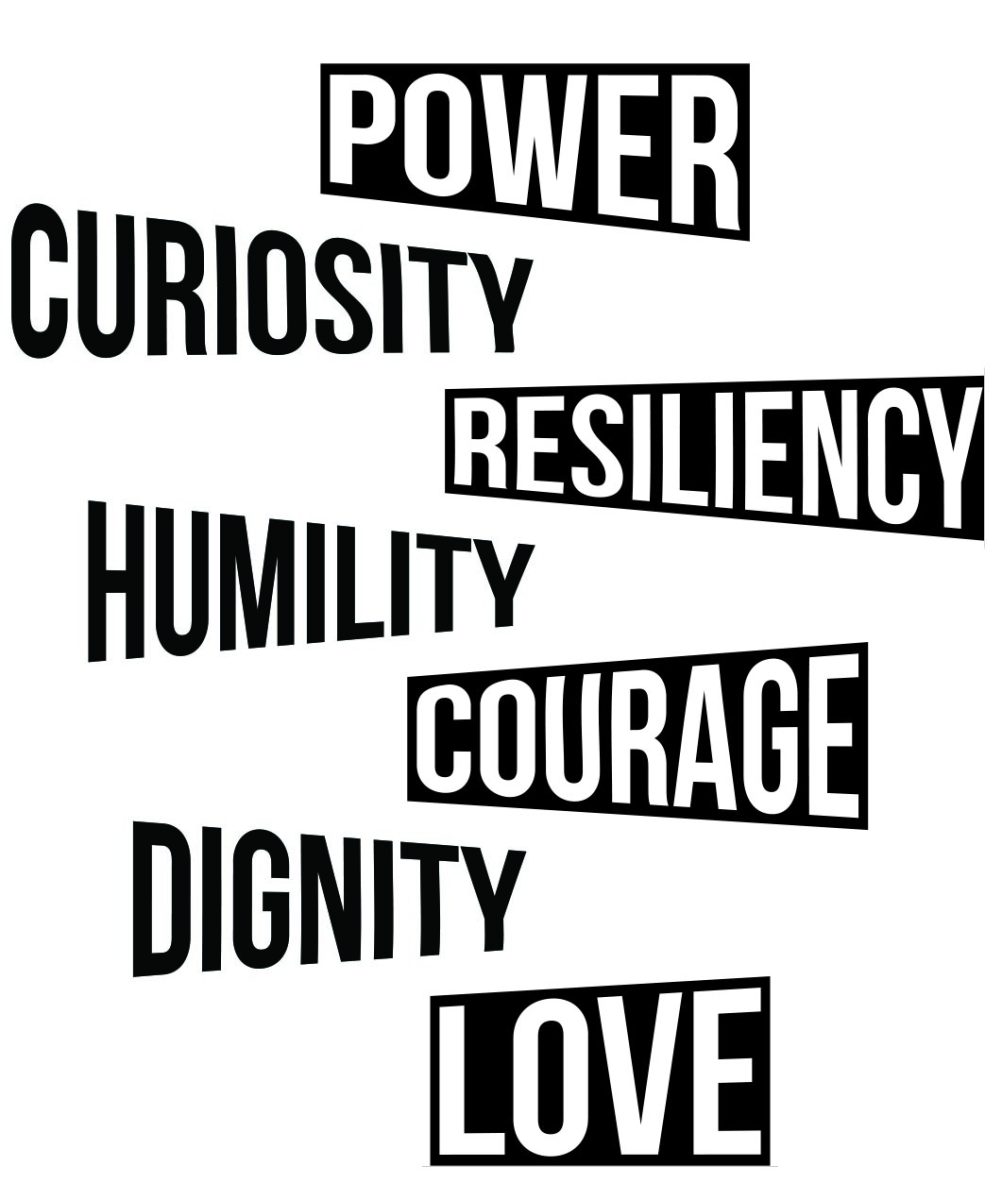Imagine, if you will, students sitting on stability balls, stationary bikes or something similar while listening to a professor lecture. Conversely, visualize the current trend: students slumped in their chairs, damaging their spines with poor posture and slipping deeper into a comatose state. Place the two images side by side and predict which group of students will test better. Hint: it’s not the slumped students. Colorado Mesa University would see scores go up with the introduction of kinesthetic classrooms.
This editorial is not so much a call to action as it is a plea to consider the idea of gradually making the shift to being a kinesthetic campus. At The Criterion, we understand reality and fiscal responsibility.
Replacing all the chairs on campus with stability balls, stationary bikes, standing stations and various other kinesthetic apparatuses would be very expensive if done in one fell swoop. CMU President Tim Foster has demonstrated a shrewd business mind and it is understood he’d never deplete the coffers for an experiment.
However, the gradual introduction of kinesthetic classrooms would be both more reasonable and provide the opportunity to prove their benefit; a benefit that can enhance the educational quality of the university and help facilitate further growth.
While our business-savvy president has repeatedly shown his affinity for profitable ventures, he’s also demonstrated a zeal for enhancing the experiences of the students that walk CMU’s halls. Moving toward a kinesthetic classroom has the long-term benefit of both.
First, look at the benefits to education. Active bodies and active brains go hand-in-hand. The more the body moves, the more active everything is; brain function included. Stimulating the brain through movement enhances student’s ability to absorb and retain information.
Students in a college setting can’t really take breaks through class to engage in exercise. That would result in too much disruption to the flow of information. That’s where kinesthetic classrooms hold high appeal.
[media-credit id=123 align=”alignleft” width=”300″] [/media-credit]
[/media-credit]
While sitting on a stability ball or slowly cycling on a stationary bike, an individual’s body is engaged in movement, whether they’re aware of it or not. As they sit on a ball, the controlled instability forces all the stabilizer muscles to fire to keep the individual in place. The subconscious activity encourages good posture and keeps the mind awake.
Slowly pedaling a bike can also be done without conscious effort. Anybody who’s read a book whilst performing the exercise at low intensity can testify to that fact.
The small movements keep the brain awake without creating distractions to the learners or disrupting lecture. The alert mind then processes and stores information more efficiently than an inactive body.
Multiple tests have been done to analyze the effectiveness of a kinesthetic learning environment. Every time, test scores have been shown to improve. For the sake of reasonable article length, this editorial will not breakdown the results of those tests, but a simple Google search can lead to several publications on the matter.
So how does that provide a positive fiscal impact? Two ways. The first comes in the form of novelty. CMU would be at the forefront of universities embracing kinesthetic classrooms. The draw of being on the cutting edge of education techniques alone can boost enrollment and be used as a recruiting tool.
The second way kinesthetic classrooms keep CMU in the black is through the long-term proof the technique works. Higher scores lead to higher graduation rates with improved chances of employment after graduation. Companies want smart employees and CMU would increase its production of such potential employees.
Knowing their choice of CMU enhances their ability to gain fruitful employment will lead more students to enroll at our fine university. At the end of the day, it’s all about getting a job, after all.
Both novelty and improved student outcomes lead to higher enrollment. More students means more money for the university. It doesn’t get more business savvy than that. Additionally, more students means more individuals spending money in the local economy, so all of Mesa County would benefit.
Making the change would not be cheap and it would not be instant. However, we believe it would be worthwhile. Maybe we’re dreaming with this one, but sometimes dreams come true. Hopefully this will lead to a deeper look at kinesthetic classrooms the consideration of implementing them at CMU. Let’s start moving to learn.








